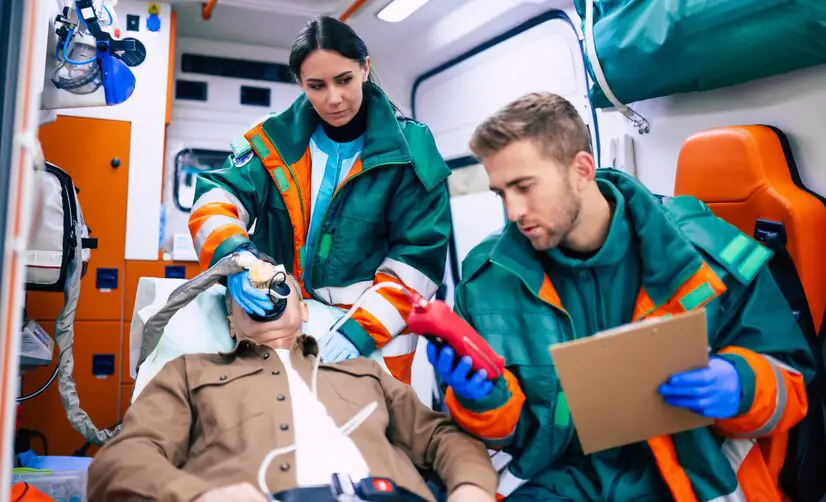Creating Best Practices for Crisis and Disaster Management

In a world where disasters, both natural and man-made, can strike unexpectedly, effective crisis and disaster management is crucially paramount for safeguarding lives, infrastructure, organizations, governments and communities. Developing best practices in this field involves a combination of proactive planning, clear communication, resource allocation, and swift action. By following a structured approach, organizations and communities can enhance their resilience and minimize the impact of crises when they occur. This article delves into the key components of such a plan, providing actionable steps to ensure readiness and resilience in the face of adversity.

| Steps for Crisis and Disaster Management | Description |
|---|---|
| Risk Assessment and Planning | Conduct a comprehensive risk assessment to identify potential hazards and vulnerabilities. Develop emergency response plans tailored to different scenarios, including natural disasters, technological accidents, and public health emergencies. Engage stakeholders from diverse sectors to ensure a coordinated and inclusive approach to crisis management. |
| Training and Capacity Building | Provide regular training and drills to ensure that personnel are prepared to respond effectively to emergencies. Equip staff with the necessary skills and knowledge to carry out their roles during crisis situations. Develop specialized teams, such as search and rescue, medical response, and crisis communication, and provide ongoing training to maintain readiness. |
| Communication and Coordination | Establish clear communication channels and protocols for disseminating information before, during, and after a crisis. Ensure that communication systems are resilient and redundant to withstand disruptions. Foster collaboration and coordination among relevant agencies, organizations, and stakeholders to streamline response efforts and avoid duplication of resources. |
| Resource Allocation and Mobilization | Identify and allocate resources, including personnel, equipment, and supplies, in advance of a crisis. Establish mutual aid agreements with neighboring jurisdictions and organizations to facilitate resource sharing during emergencies. Develop plans for rapid deployment and mobilization of assets to affected areas based on the scale and severity of the crisis. |
| Response and Recovery Operations | Activate emergency response plans promptly when a crisis occurs, mobilizing personnel and resources to mitigate the impact and save lives. Implement strategies for managing evacuation, sheltering, medical care, and public safety in coordination with relevant authorities. Transition smoothly from the response phase to the recovery phase, focusing on restoring essential services, rebuilding infrastructure, and supporting affected individuals and communities. |
| Evaluation and Continuous Improvement | Conduct debriefings and evaluations after each crisis to assess the effectiveness of response efforts and identify areas for improvement. Solicit feedback from stakeholders and incorporate lessons learned into future planning and training activities. Continuously monitor and update emergency response plans to adapt to evolving threats and changing circumstances. |

Evaluate and Learn from the Crisis
After the crisis has been resolved, organizations should conduct thorough post-event evaluations to assess their response efforts and identify areas for improvement. This includes analyzing strengths and weaknesses, evaluating the effectiveness of response protocols, and documenting lessons learned. By conducting a comprehensive debriefing process, organizations can enhance their preparedness and resilience for future crises.


Continuously Improve and Adapt
Crisis and disaster management is an ongoing process that requires continuous improvement and adaptation to evolving threats and challenges. Organizations should regularly review and update their crisis management plans, conduct training exercises, and engage in scenario planning to test their readiness. By fostering a culture of preparedness and resilience, organizations can better anticipate, respond to, and recover from crises.
Conclusion
Creating best practices for crisis and disaster management requires a proactive and holistic approach that encompasses risk assessment, planning, training, communication. Effective crisis and disaster management require proactive planning, swift response actions, and coordinated efforts across all levels of society. By implementing the steps outlined in this article, organizations, communities, and governments can enhance their readiness and resilience in the face of emergencies, safeguarding lives, livelihoods, and infrastructure against the impacts of disasters.







